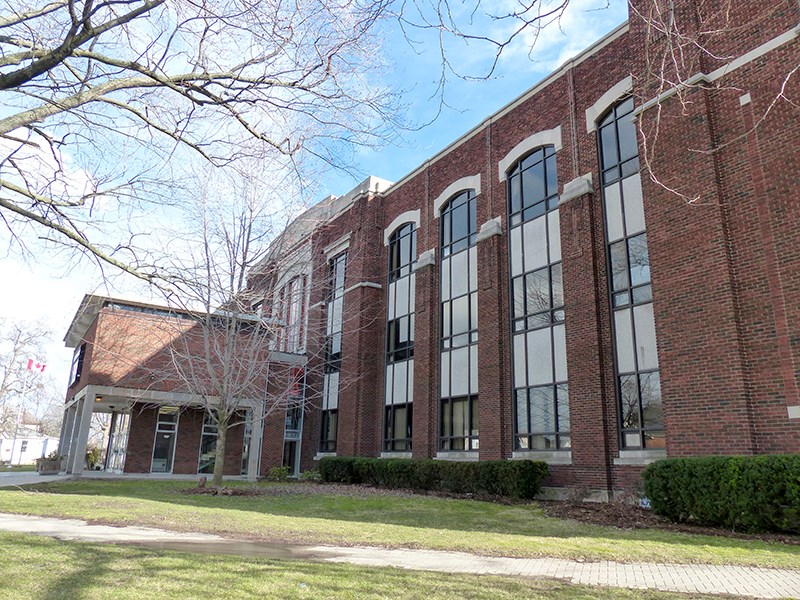Cathy Dobson
One of the most vocal proponents of the failed Save SCITS campaign is taking her battle to halt school closures to Queen’s Park.
Sarnia’s Susan MacKenzie created the Ontario Alliance Against School Closures (OAASC) in October; a group she says represents more than 15,000 people from 26 districts fighting to save their schools across the province.
The Ontario Federation of Agriculture, whose 36,000 members primarily live in rural areas where many schools are targeted for closure, is endorsing the OAASC’s position.
Alliance members contend the formal process required for a school board to make a closure decision is flawed and been fast-tracked to the detriment of communities.
The provincial government should immediately call a moratorium on school closures until the process is fixed, MacKenzie said.
“Discussions about closures have been taken out of the community,” she said. “Board trustees depend on the administrators’’ information and rubber stamp their recommendations.
“The process has become so complex and the trustees are not accountants. They don’t understand what is happening in their own communities.”
The amalgamation of school boards in the late 1990s resulted in many trustees living far from impacted communities, MacKenzie added.
“The Lambton Kent board has 11 trustees and only three live in Sarnia,” she said.
“When the City of Sarnia did an impact study about the neighbourhood if SCITS was closed, the board just brushed it off and treated it like an opinion piece when they should be listening to how school closings impact fragile neighbourhoods.”
She and other alliance members are travelling to Queen’s Park on Nov. 21 to demand an immediate moratorium and revision of the Pupil Accommodation Review Guideline (PARG).
“One in every eight school across Ontario is threatened by closure,” said MacKenzie. “It’s a disaster and we won’t give up. Closing our schools in fragile and rural communities is an insult.”
The Alliance asserts that school boards and the province are closing schools to save money in the short term without regard to the long-term economic and social impact on communities and neighbourhoods.
The alliance is specifically asking the Ministry of Education to take another look at the Pupil Accommodation Review Guidelines, which were changed in 2015. Those changes are eroding dialogue with community members and local governments, said MacKenzie.
“The guidelines no longer require school boards to consider the value of a school to the community and to the local economy.”
MacKenzie said it’s her hope school closures will become an election issue leading up to 2018.
“The bigger our voice gets, the harder it will be for the trustees and the politicians to ignore,” she said. “If they realize it is a flawed process, perhaps they can reverse these decisions.”
Meanwhile, the province has announced the Lambton Kent District School Board is receiving $10.3 million toward a $16-million renovation at the former St. Clair Secondary School site.
The renovation schedule will likely mean work to accommodate the amalgamated student bodies from the former SCITS and St. Clair high schools, won’t be finished by Sept. 2017 and students won’t vacate the SCITS site next year as originally planned.
